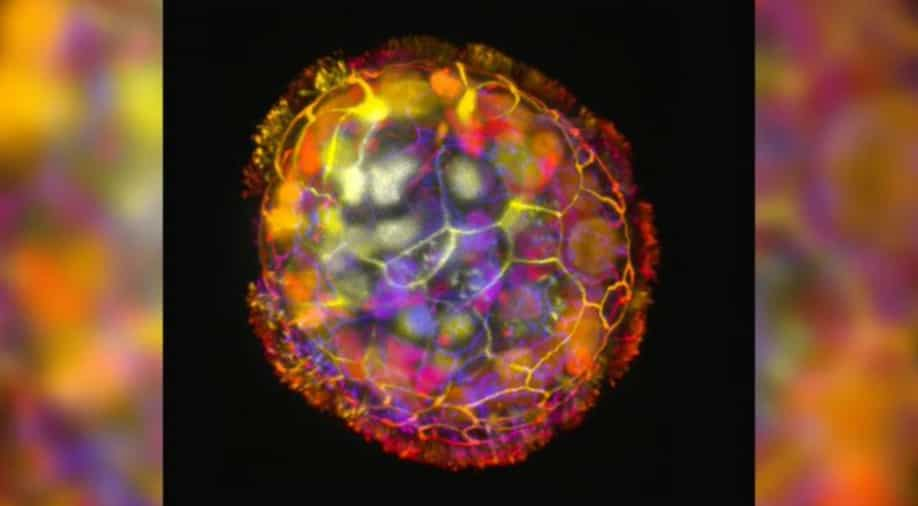Scientists create tiny living robots from human cells which may heal wounds
Story highlights
The scientists collected adult human cells from the windpipe or trachea of anonymous donors for the creation of living robots
In a major breakthrough, scientists used human cells and created tiny living robots which are able to move around in a lab dish and are likely to heal damaged tissue and wounds someday, as per a new study.
A team, comprising students from Harvard University’s Wyss Institute and Tufts University, have called these creations anthrobots. The research was the follow-up of similar work done by the same scientists. These scientists had earlier made the first living robots, called xenobots, using stem cells sourced from African clawed frog embryos.
“Some people thought that the features of the xenobots relied a lot on the fact that they are embryonic and amphibian,” study author Michael Levin, Vannevar Bush professor of biology at Tufts’ School of Arts & Sciences said, as reported by CNN.
“I don’t think this has anything to do with being an embryo. This has nothing to do with being a frog. I think this is a much more general property of living things. We don’t realize all the competencies that our own body cells have,” he added.
“While alive, the anthrobots were not full-fledged organisms because they didn’t have a full life cycle. It reminds us that these harsh binary categories that we’ve operated with: Is that a robot, is that an animal, is that a machine? These kinds of things don’t serve us very well. We need to get beyond that,” Levin said.
The research was published in the journal Advanced Science on Thursday (Nov 30).
trending now
How were these living robots made?
Adult human cells, which were taken from the windpipe or trachea of anonymous donors who were from different sexes and ages, were used by the scientists.
This type of cell was selected by the researchers because they are comparatively easy to access due to the work done on COVID-19 and lung disease and, because of a feature which as per scientists will make cells capable of motion, as per study coauthor Gizem Gumuskaya, who is a doctoral student at Tufts.
Watch: Gravitas: Man crushed to death by robot in South Korea
“Nothing happened on day one, day two, day four or five, but as biology usually does, around day seven, there was a rapid transition. It was like a blossoming flower. By day seven, the cilia had flipped and were on the outside,” Gumuskaya said.
“In our method, each anthrobot grows from a single cell,” she said.
“It’s this self-assembly that makes them unique. Biological robots have been made by other scientists, but they were constructed by hand by making a mould and seeding cells to live on top of it,” said Levin.
(With inputs from agencies)

















